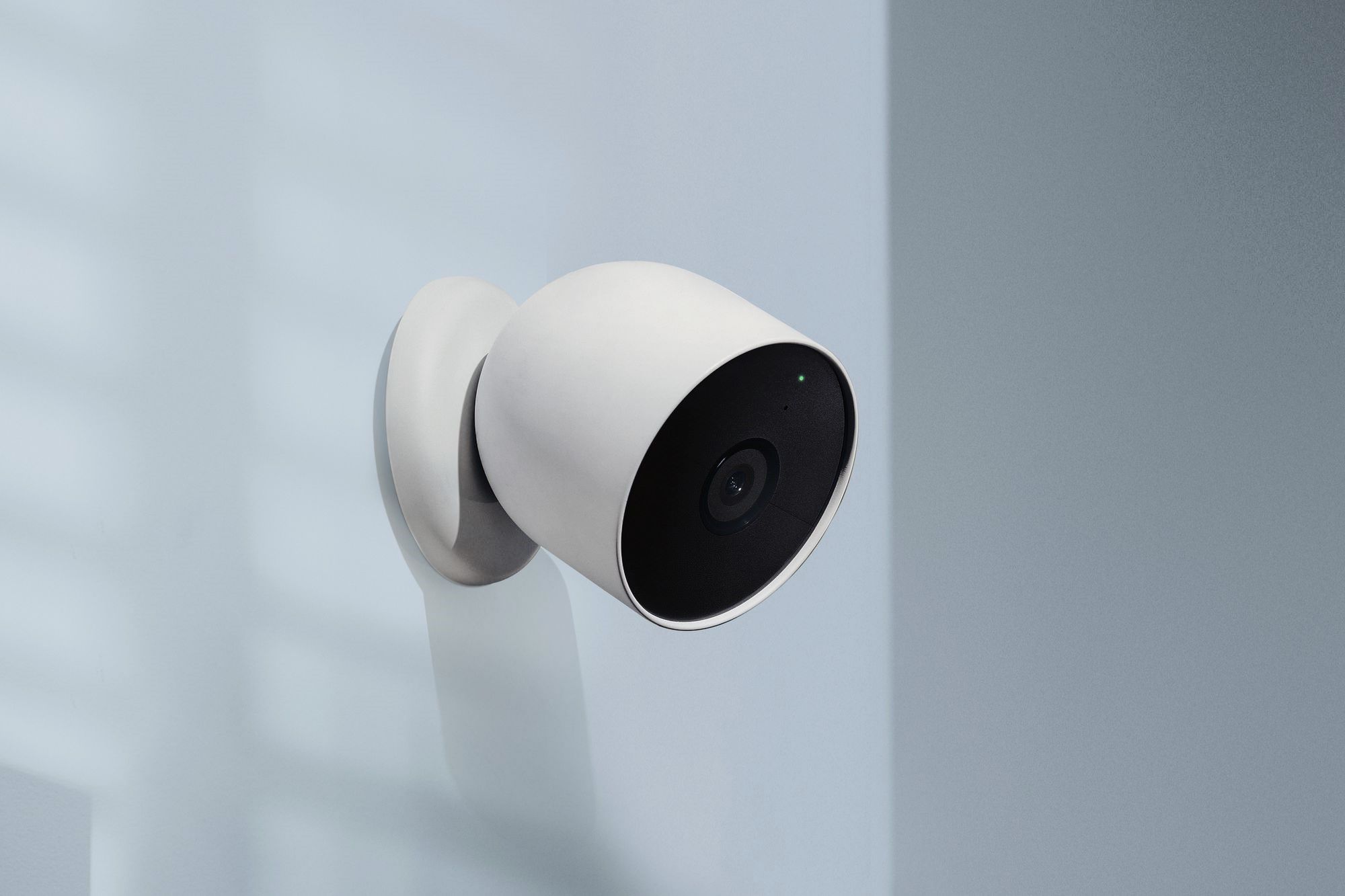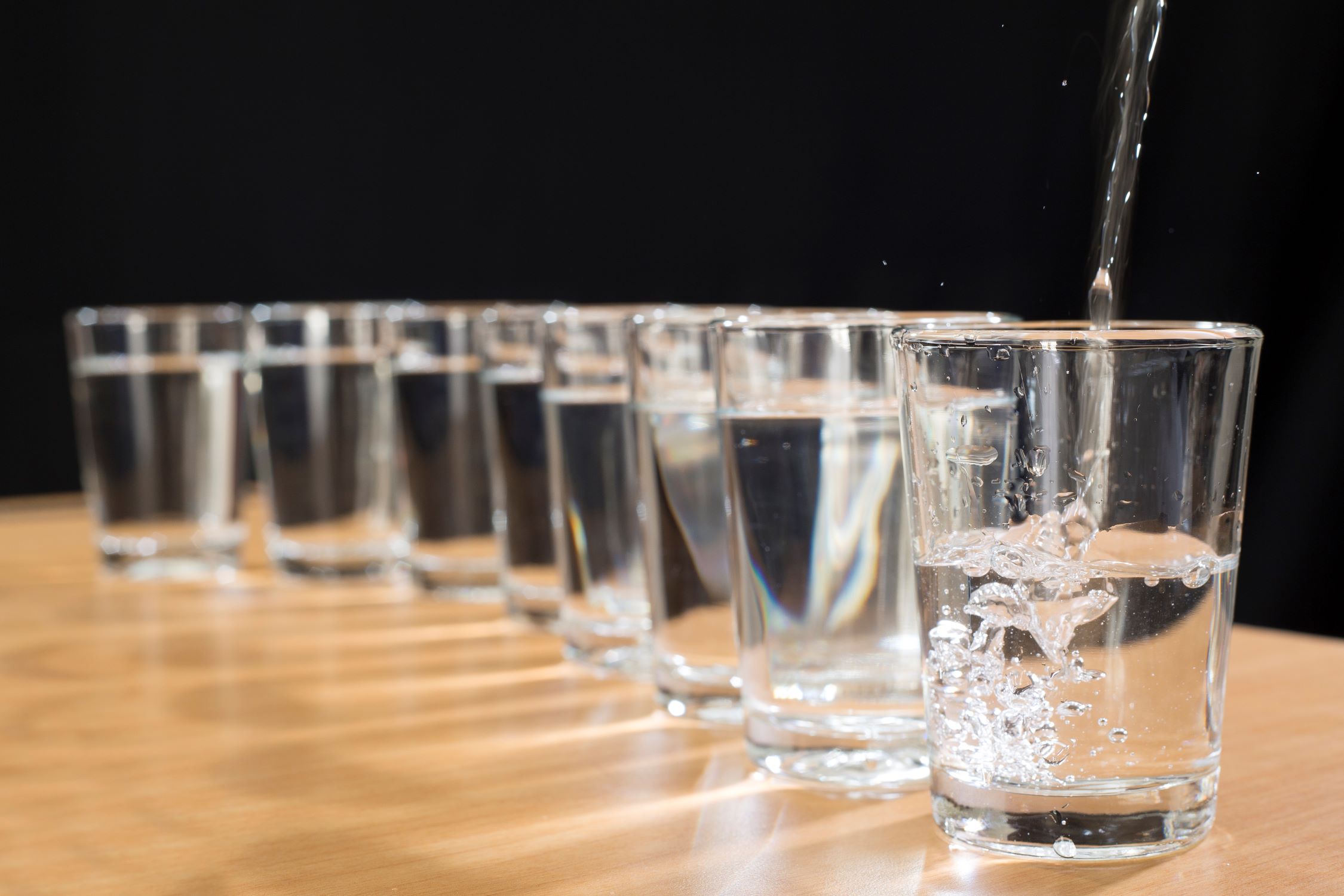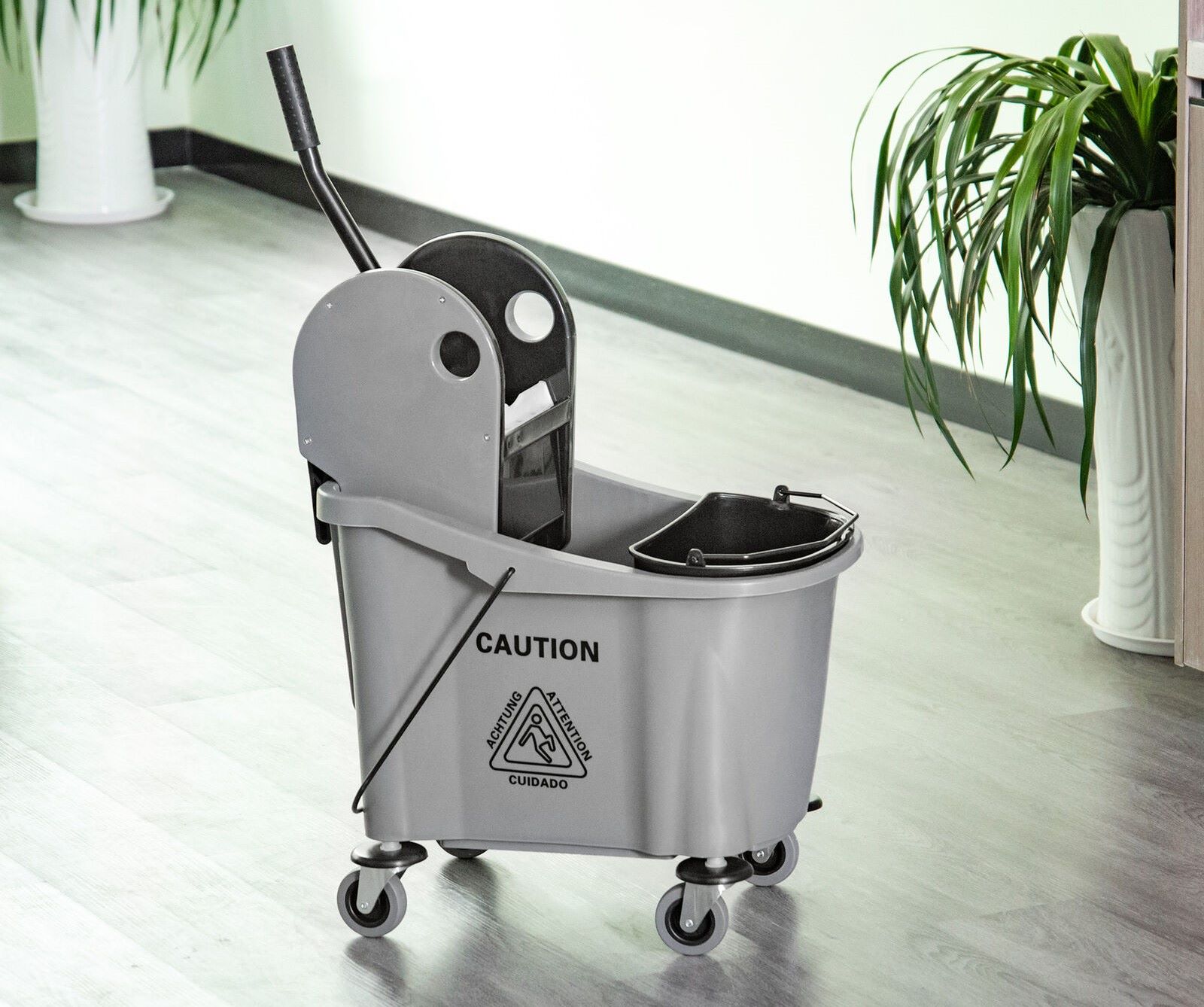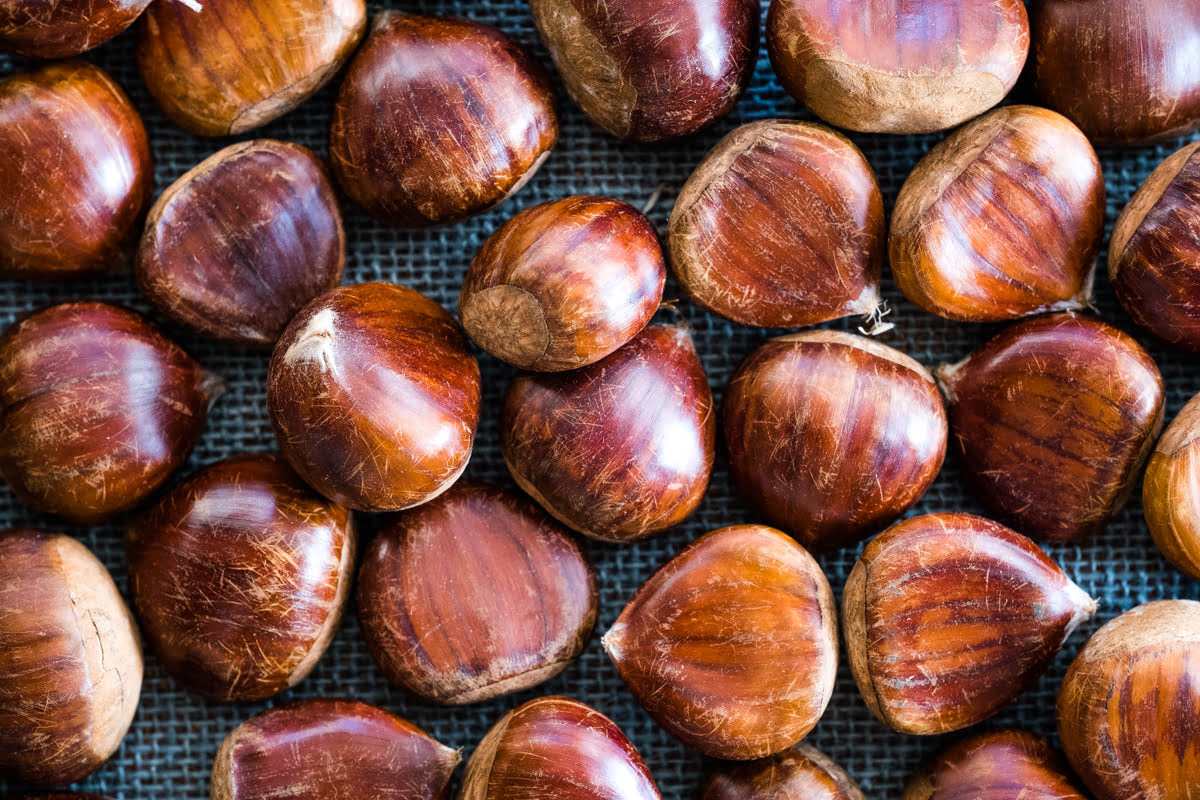

Articles
How Many Gallons Per Minute Is A Garden Hose
Modified: October 20, 2024
Discover the ideal flow rate for your gardening needs with our guide on how many gallons per minute a garden hose can deliver. Maximize efficiency and productivity in your garden.
(Many of the links in this article redirect to a specific reviewed product. Your purchase of these products through affiliate links helps to generate commission for Storables.com, at no extra cost. Learn more)
Introduction
Gardening is a beloved pastime for many people around the world. Whether you have a small balcony garden or a sprawling backyard oasis, having a reliable garden hose is essential for watering plants, cleaning outdoor spaces, and completing various gardening tasks. One crucial aspect to consider when choosing a garden hose is its water flow rate, measured in gallons per minute (GPM). Understanding the GPM of a garden hose is important as it determines how quickly water can be delivered to your plants or other areas that need watering.
In this article, we will delve into the world of garden hoses and explore how to determine the GPM of a garden hose. We will also discuss the factors that can affect the GPM of a hose and provide some common GPM ratings for different types of garden hoses. By the end, you will have a clear understanding of how many gallons per minute a garden hose can deliver and be equipped to make an informed decision when purchasing or using a garden hose.
Key Takeaways:
- Choose a garden hose with the right GPM rating to efficiently water your plants and complete gardening tasks. Consider factors like water pressure, hose diameter, and length to optimize water flow.
- Regularly maintain your garden hose to ensure optimal performance and longevity. Check for kinks, twists, or blockages, and select a hose that suits your specific watering needs.
Understanding Garden Hoses
Garden hoses are flexible tubes designed to transport water from a source, such as a faucet or spigot, to various locations in your garden or outdoor space. They typically consist of an inner tube, usually made of rubber or PVC, which carries the water, and an outer layer made of a sturdy material like nylon or vinyl to protect the inner tube from damage.
Garden hoses come in various lengths and diameters, with the most common being 50 feet long and 5/8 inches in diameter. However, you can find hoses that are shorter or longer, as well as different diameters, depending on your specific needs. It’s important to choose a hose length and diameter that suits the size of your garden and the distance you need to reach.
Garden hoses may also have additional features, such as brass fittings for secure attachment to faucets or sprinkler heads, and adjustable nozzles or spray guns that allow you to control the water flow and spray pattern. These features can enhance the versatility and functionality of your garden hose.
When selecting a garden hose, consider the intended usage. If you primarily need it for light gardening tasks, like watering potted plants or washing your car, a standard garden hose will suffice. However, if you have more demanding watering needs or plan to use the hose frequently, you may want to invest in a heavy-duty or reinforced hose that offers increased durability.
Understanding the different types and features of garden hoses will help you make an informed choice when selecting one for your gardening needs. Now, let’s dive into how to determine the gallons per minute (GPM) of a garden hose.
Determining the Gallons per Minute (GPM) of a Garden Hose
Measuring the gallons per minute (GPM) of a garden hose is crucial for understanding its water flow rate. Fortunately, determining the GPM of a garden hose is a straightforward process that requires minimal equipment. Here’s how you can do it:
1. Start by locating a timer or stopwatch, a bucket with gallon markings, and a standard garden hose nozzle or attachment.
2. Attach the garden hose nozzle to the end of the hose, ensuring a secure connection.
3. Place the bucket on a level surface where it can easily collect water from the hose.
4. Open the faucet or spigot to allow water to flow through the garden hose.
5. Use the timer or stopwatch to measure the time it takes to fill the bucket to the one-gallon mark.
6. Once the bucket is filled to the one-gallon mark, stop the timer.
7. Calculate the GPM by dividing the total volume of water (in gallons) by the time it took to fill the bucket (in minutes).
For example, if it took 20 seconds (or 0.33 minutes) to fill the bucket to the one-gallon mark, the calculation would be: 1 gallon / 0.33 minutes = 3.03 GPM.
Repeat this process a few times to ensure accurate measurements, as different water pressures or nozzle settings can affect the results. Taking multiple readings and then averaging them will provide a more reliable estimate of the GPM.
It’s important to note that the GPM measurement obtained may not be the exact flow rate for all conditions. Factors such as water pressure, hose length, and nozzle type can impact the GPM. Nevertheless, this method will give you a good approximation of your garden hose’s water flow rate.
Next, let’s explore the factors that can affect the GPM of a garden hose.
A standard garden hose typically has a flow rate of 5-10 gallons per minute. To measure the exact flow rate of your hose, you can use a flow meter or a simple bucket and a timer to calculate the amount of water collected over a minute.
Factors Affecting GPM of a Garden Hose
Several factors can influence the gallons per minute (GPM) of a garden hose. Understanding these factors will help you determine the optimal flow rate for your specific needs and make appropriate adjustments if required. Here are the key factors that can affect the GPM of a garden hose:
1. Water Pressure: The water pressure supplied by your faucet or spigot plays a significant role in the GPM of a garden hose. Higher water pressure will result in a higher flow rate, while lower pressure will decrease the GPM. You can check and adjust the water pressure using a pressure gauge or consulting a plumber if needed.
2. Hose Diameter: The diameter of the hose also affects the GPM. A larger diameter allows more water to pass through, resulting in a higher flow rate. Standard garden hoses typically have a diameter of 5/8 inch, while hoses with larger diameters, such as 3/4 inch, can offer increased GPM.
3. Length of the Hose: The longer the garden hose, the lower the water pressure and flow rate. Friction occurs as water travels through the hose, leading to a decrease in pressure. A longer hose will have more friction and may result in a lower GPM compared to a shorter hose.
4. Nozzle or Spray Gun: The type of attachment used at the end of the hose can affect the GPM. Some nozzles or spray guns have adjustable settings that allow you to control the flow rate. By adjusting the nozzle, you can increase or decrease the water flow to achieve the desired GPM.
5. Obstructions or Blockages: Any obstructions or blockages in the hose can impede the water flow and result in a lower GPM. It’s important to regularly inspect and clean the hose to ensure there are no kinks, twists, or debris that may hinder the water flow.
By considering these factors, you can make informed decisions on how to optimize the GPM of your garden hose. Now, let’s explore some common GPM ratings for different types of garden hoses.
Common GPM Ratings for Garden Hoses
Garden hoses come in various sizes and materials, each with their own GPM ratings. Understanding the common GPM ratings for different types of garden hoses will help you choose the right hose for your specific needs. Here are some general guidelines:
1. Standard Garden Hoses: The most common garden hoses have a diameter of 5/8 inch and are typically rated at around 5-8 gallons per minute. These hoses are suitable for most residential gardening and outdoor watering tasks.
2. Heavy-Duty Garden Hoses: Heavy-duty or reinforced garden hoses are designed for more demanding watering needs. These hoses often have a larger diameter, ranging from 3/4 to 1 inch, and can deliver higher GPM, typically around 10-20 gallons per minute. They are ideal for larger gardens, commercial use, or situations that require a higher water flow.
3. Soaker Hoses: Soaker hoses are specially designed to release water slowly and consistently. They are typically made of porous material and have small holes or perforations along the length of the hose. The GPM for soaker hoses is lower, usually around 1-2 gallons per minute, as their purpose is to provide targeted and efficient watering directly to plants’ roots.
4. Expandable Hoses: Expandable hoses are lightweight and flexible, expanding in length when water flows through them. Their GPM ratings vary depending on the brand and type, but they typically fall within the range of standard garden hoses, around 5-8 gallons per minute.
It’s important to note that the GPM ratings mentioned above are approximate values and can vary based on factors such as water pressure, hose length, and nozzle type. Additionally, the age and condition of the hose can also impact its GPM over time.
When choosing a garden hose, consider your specific watering needs and the GPM requirements for your tasks. Assess the size of your garden, the distance you need to cover, and the water flow rate that will efficiently meet your needs. By selecting the right hose with the appropriate GPM rating, you can ensure adequate water supply without wasting water.
Now that you have a good understanding of GPM ratings for different garden hoses, let’s summarize the key takeaways.
Conclusion
Choosing the right garden hose with the appropriate gallons per minute (GPM) rating is essential for efficient watering and completing various gardening tasks. Understanding the factors that can affect the GPM of a garden hose will help you make informed decisions and optimize water flow.
When determining the GPM of a garden hose, use a timer or stopwatch to measure the time it takes to fill a bucket to the desired volume. Dividing the volume (in gallons) by the time (in minutes) will give you an estimate of the GPM.
Factors such as water pressure, hose diameter, length, nozzle type, and potential obstructions can affect the GPM. Adjusting these factors, such as using a nozzle with adjustable settings or ensuring a clean, unobstructed hose, can help optimize the water flow rate.
Common GPM ratings for garden hoses vary depending on the type. Standard hoses typically have a GPM of 5-8, while heavy-duty hoses can reach 10-20 GPM. Soaker hoses have lower GPM, around 1-2, for targeted watering, while expandable hoses fall within the range of standard hoses.
By considering these factors and GPM ratings, you can select the right garden hose for your specific needs. Choose a hose that suits the size of your garden, the distance you need to cover, and the water flow rate required for efficient watering without wastage.
Remember to regularly inspect and maintain your garden hose to ensure optimal performance and longevity. Check for kinks, twists, or blockages, and store the hose properly to prevent any damage or deterioration.
With a properly selected and maintained garden hose, you can enjoy the convenience and effectiveness of watering your plants, cleaning outdoor spaces, and completing various gardening tasks with ease. Happy gardening!
Frequently Asked Questions about How Many Gallons Per Minute Is A Garden Hose
Was this page helpful?
At Storables.com, we guarantee accurate and reliable information. Our content, validated by Expert Board Contributors, is crafted following stringent Editorial Policies. We're committed to providing you with well-researched, expert-backed insights for all your informational needs.















0 thoughts on “How Many Gallons Per Minute Is A Garden Hose”